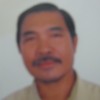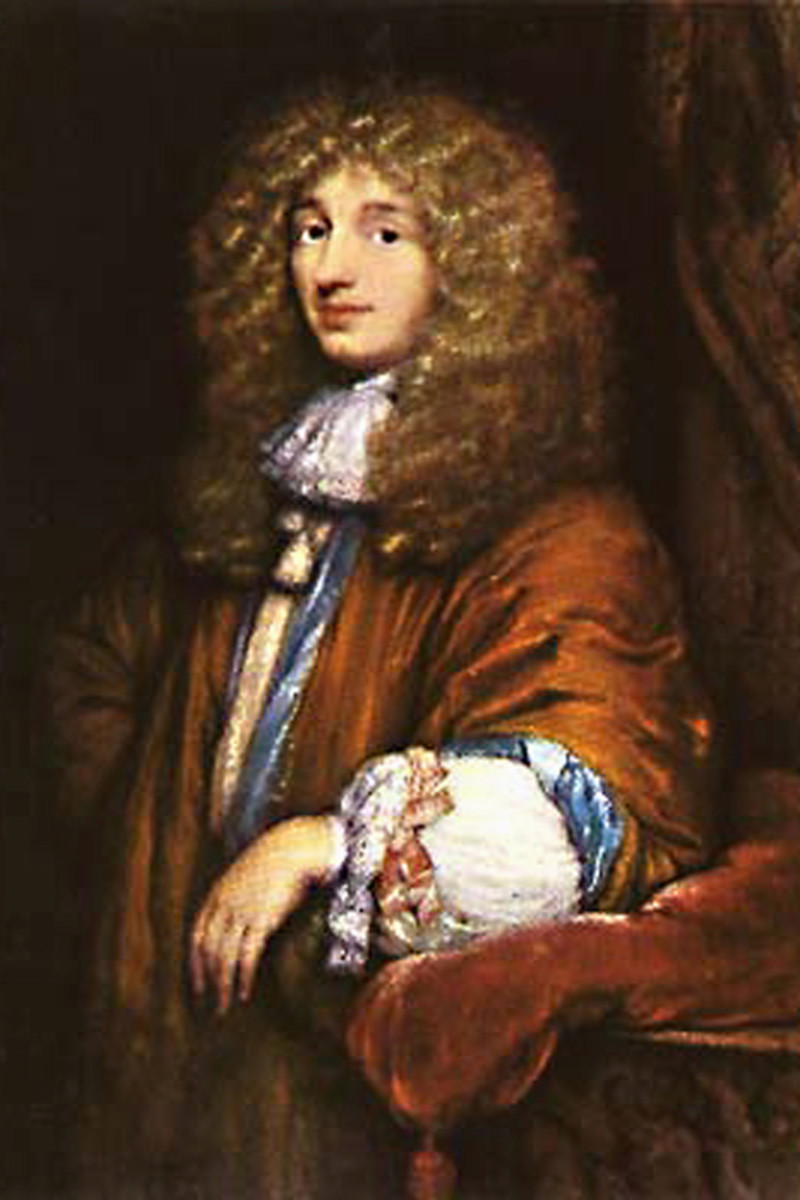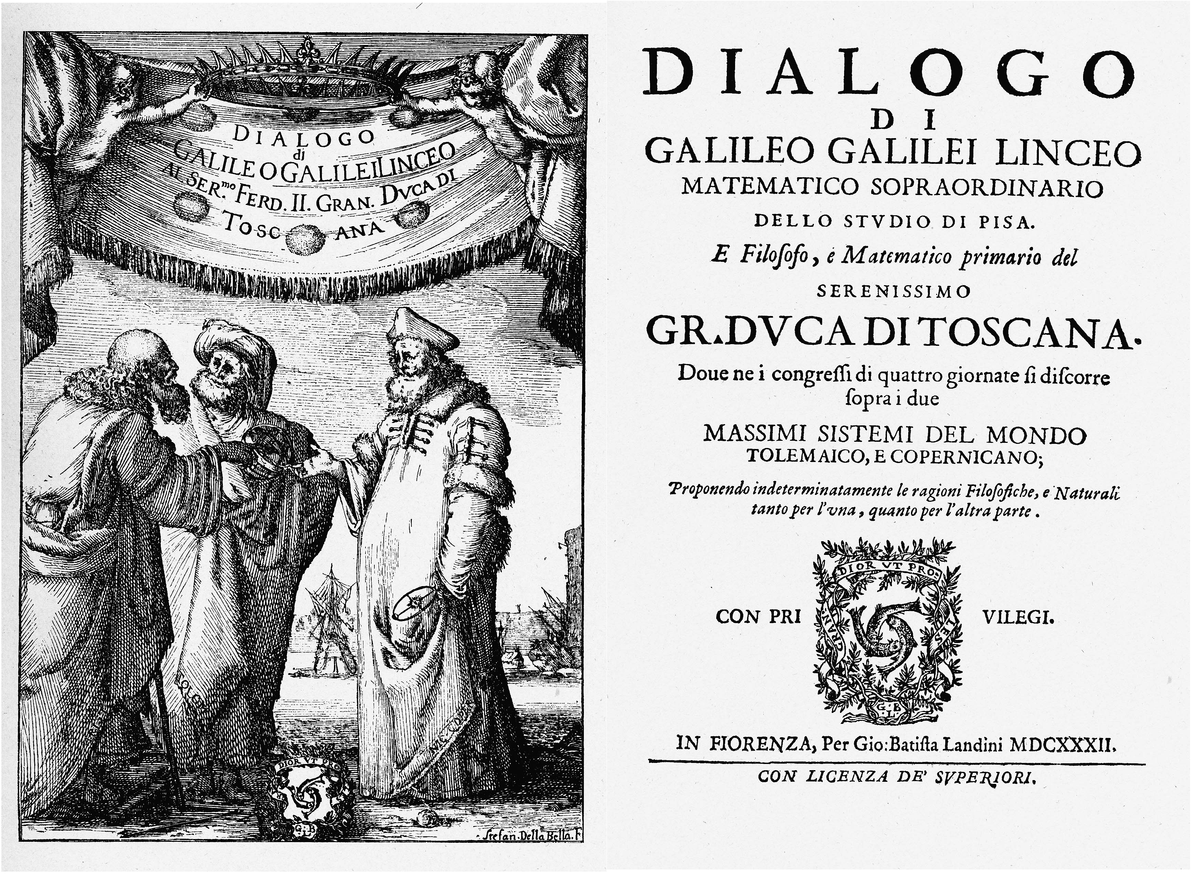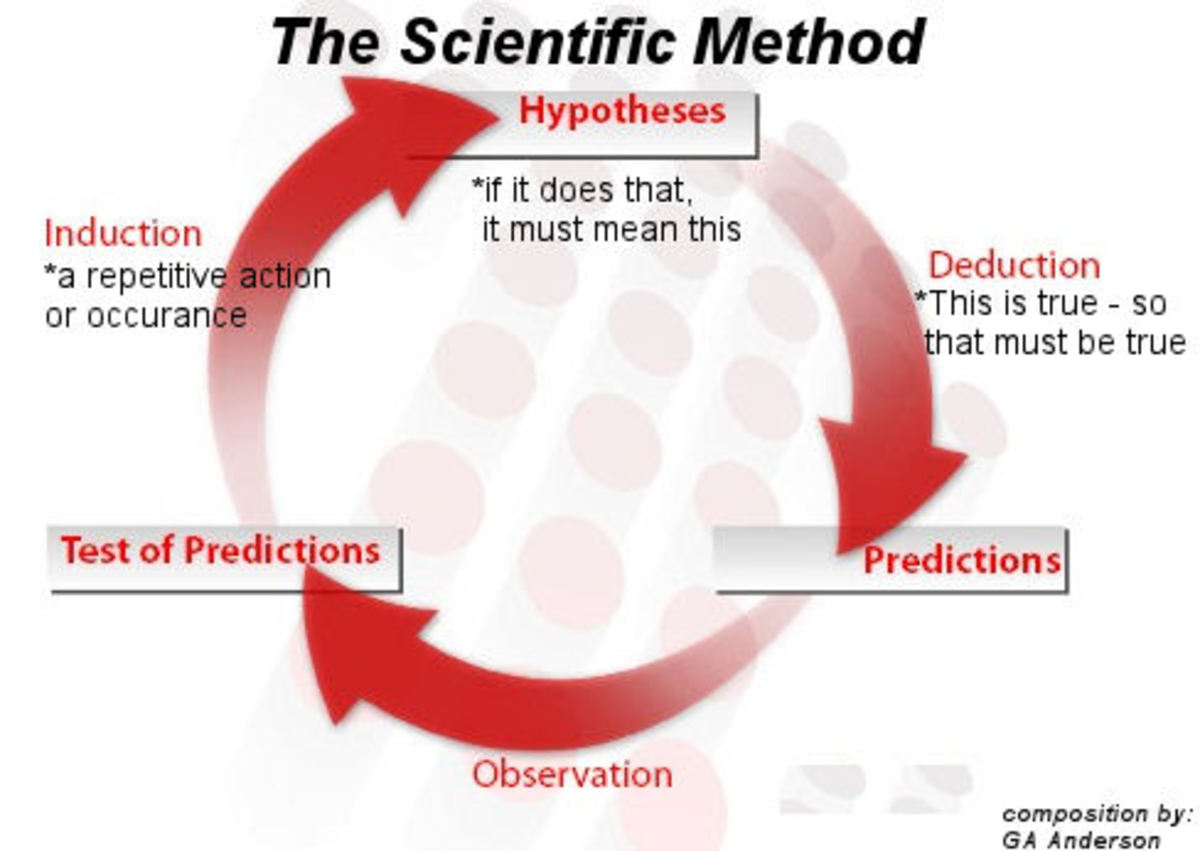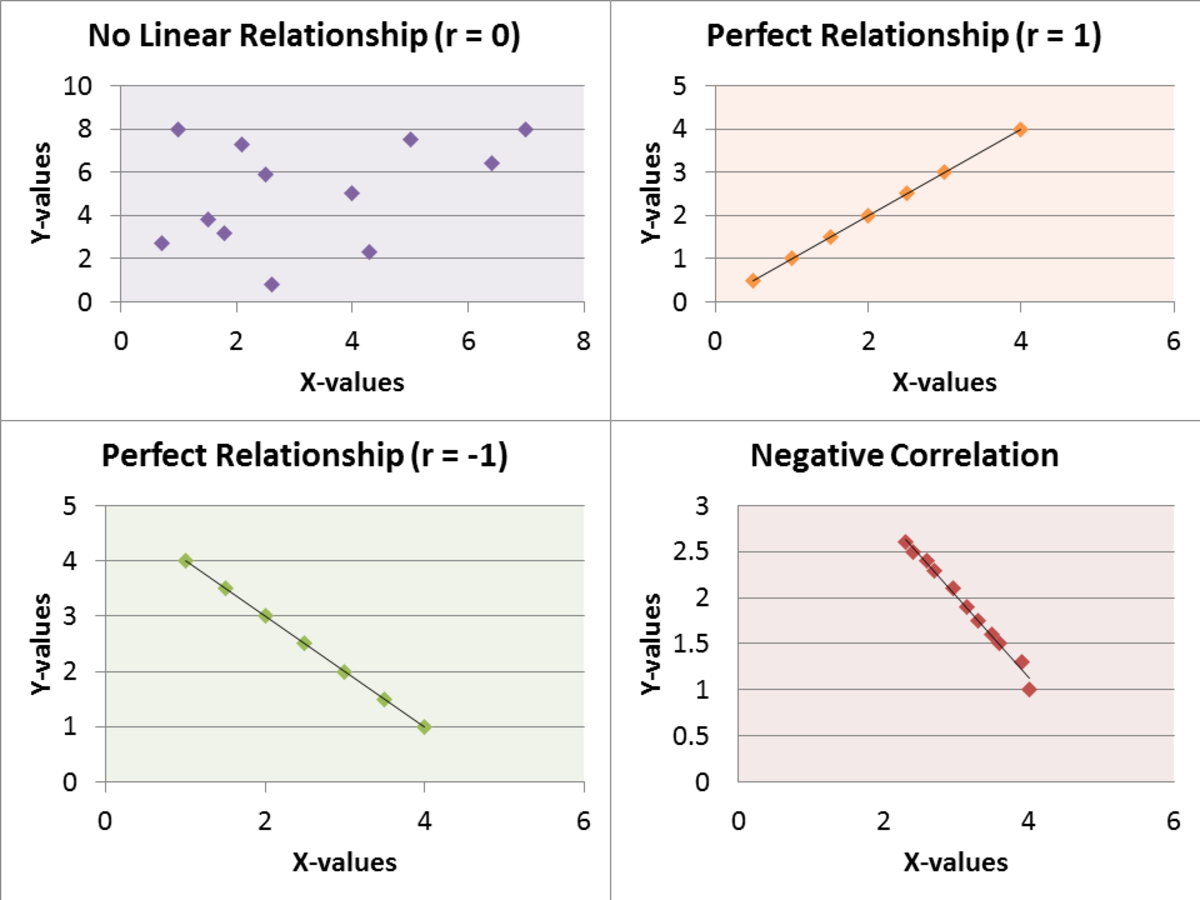the hidden meaning: "Bits and Pieces" of a Scientific Method

Keywords:
Science. Theory. Hypothesis. Scientific Research. Observation.Deductive Reasoning. Inductive Reasoning. Heliocentric Theory. Geocentric Theory.inference.

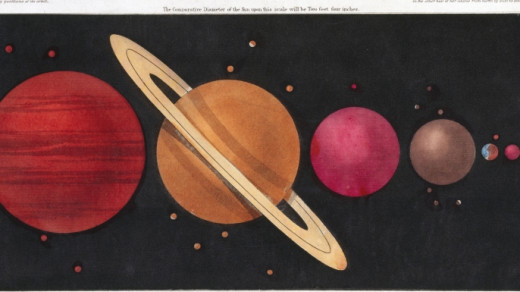
Introduction
The Scientific method is an integral part of science and since science is a "man-made creation", it is not flawless or free of errors. A Scientific method if used correctly having free of personal biassed of the user becomes an effective tool for science. Conversely, some scientific findings may become obsolete through time as new discoveries are found or developed. Consequently, due to human errors in using the scientific method, makes science unscientific.
The term scientific method as a term is infallible, as a term it's inanimate, but once used it becomes alive and consuming. This is where the inconsistencies arise because, as a process, it is not free of human errors the researcher or the experimenter. To use Scientific method properly, one has to follow and understand its processes correctly.In other words, the scientific method is a sequential step in order to flesh-out the truth from a scientific anomaly.
In this article, the scientific method was likened to a culinary recipe, where the "Bits" are the ingredients and the "Pieces" are the instructions or procedures considered as the important elements of a scientific method. The author refrained from discussing the statistical details of the scientific method, but rather focussed on the processes or how it is done correctly. The article is divided into two sections, namely, the "Bits" and the Pieces" of the Scientific Method respectively.
Historical Antecedent
The Science as we know today could not have developed or progressed without the ideas and philosophies of the following philosopher cum scientist like Socrates, Plato, and Aristotle of the Greek Era, Copernicus, Newton and Galileo of the Renaissance Era as to their contribution to the refinement of the Scientific Method.
The Greek Era
- Socrates (c. 469-399 BC). Considered as the founder of Western philosophy is his deductive method of inquiry known as the Socratic method or method of "elenchus" where he largely apply to the examination of the key moral concepts such as the Good and Justice. The influence of this approach is most strongly felt today in the use of Scientific Method in which the formulation of Hypotheses is the first stage.
- The development and practice of this method is one of the Socrates most enduring contributions and as the key factor in earning his mantle as the father of political philosophy, ethics or moral philosophy and as figurehead of all central themes in Western World (Wikipedia, the free encyclopedia).
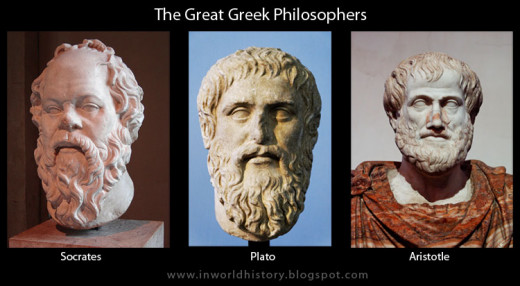
- Plato (c. 427-347 BC ) A philosopher and mathematician of Classical Greece, and the founder of the Academy of Athens, the first Institution of Higher learning in the Western World. Plato was the former student of Socrates perhaps one of the first students in the Academy to learn the rigors of Scientific inquiry under Socrates.
- According to Plato, the exact sciences-arithmetic, plane and solid geometry, astronomy and harmonics would first be studied in ten years to familiarize the minds with relations that can be only apprehended. Five years would give still a severe study of "dialectic". Dialectic is the art of conversation of question and answers. Plato said, "dialectic skills is the ability to pose and answer questions about the essence of things". The dialectician replaces Hypotheses with secure knowledge. Plato's aim is to ground all sciences, all knowledge on some "unhypothetical first principle" Plato's Academy flourished for 900 years, the longest serving University known (O′Connor and Robertson,1999)
- Aristotle (c.384-322 BC). The greatest philosopher of all time. He advanced the idea that Science seeks to capture not only the causal asymmetries in nature but also its deep invariant patterns. Consequently, in addition to being an exploratory basis, the first premise will be necessary.Furthermore, Dialectic (Opinions/ ideas) is useful for three reasons: for training, for conversational exchange, and for the science of philosophical sort. the first two form of dialectics as identified by Aristotle is rather limited in scope, by contrast, the third is philosophically significant (Shields, 1999)
- Among countless other advancements, Aristotle was the founder of formal Logic, pioneered the study of zoology, and left many future scientists and philosophers in his debt through his contribution to the Scientific Method (Wikipedia, the free Encyclopedia).
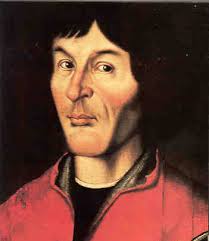
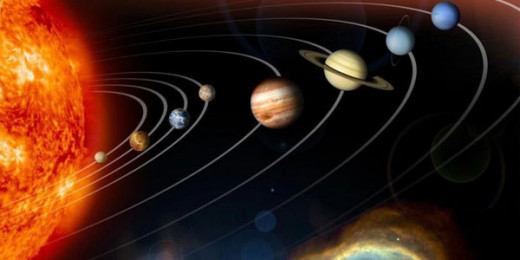
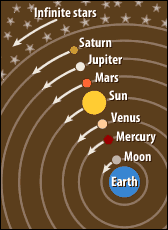
The Renaissance Era
The profound intellectual promotion is prohibited during the Renaissance period that curtailed the growth of science that lasted for about 300 years. The power of the Church is so dogmatic that anyone who has ideas that run counter to Church teachings is considered heretics. However, despite the harsh punishment to the transgressor (eg. torture, burning at the stake,etc. ), there are intellectuals (philosophers/scientists), who dared defies the Church for the sake of science and for the individual's freedom of expressions.
- Copernicus, Nicolas, Astronomer, Scientist, and Mathematician (c. 1473-1543 ) Developed the concept of Heliocentric Solar System (helio=sun ) in which the sun is the center of the solar system. Considered as rather revolutionary that tend to run counter to church teachings that time. Prior, in 270 BC, ancient Greek philosopher, Aristarchus of Samos has identified the sun as the solar system central unit. The two Theories corroborate each other but, a Heliocentric theory was immediately dismissed in Copernicus time because Ptolemy's theory was far more accepted by the influential Roman Catholic Church which adamantly supported the Earth-centered solar system theory of Ptolemy, despite the more efficient method of calculating planetary position in Copernicus's Heliocentric Theory. Of course, the Church supports Ptolemy's Geocentric Theory for religious reasons
- Wrote two controversial books, the Commentariolus" Latin for small commentaries and "De revolutionibus orbium" Latin for "On the revolution of the heavenly spheres" Copernicus referred this as the "Sketch of Hypotheses Made by Nicolas Copernicus on the Heavenly Motions". The later was ban posthumously by the Church. The book remained forbidden for the next 300 years.
- In the 17th century, the banned was lifted, Copernicus became a symbol of brave Scientist standing alone depending his Theories against common beliefs of his time (Bioraphy.com)
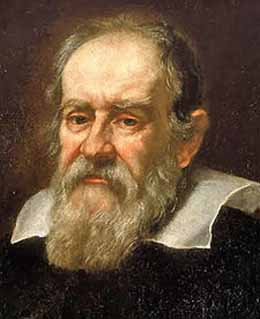
- Galileo, Galili, Astronomer, Scientist and Scholar(1564-1642). Galileo made pioneering observations that laid the foundation of modern Physics and Astronomy. In 1604, Galileo published "The Operations of the Geometrical and Military Compass" revealing his skills with experimentative and practical technological application. Developed the Universal Law of Acceleration which all objects in Universe obeyed.
- Galileo began to express openly his support of the Copernican Theory that the Earth and Planets revolved around the Sun. This challenged the doctrine of Aristotle and the established order set by the Catholic Church. By supporting Copernican Theory, Galileo was convicted of heresy and spent his remaining years under house arrest.
- In the 20th century, several Popes acknowledge the great work of Galileo and in 1992, Pope John II expressed regret about how the Galileo affair was handled. Galileo's contribution to our understanding of the universe was significant not only his discoveries but in the Methods he developed, the use of Mathematics to practical use.
- His inventions from the compass and balances to improved telescopes and microscopes revolutionized Astronomy and Biology. And his penchant for thoughtful and innovative experimentation pushed the Scientific Method towards its modern form (History. com). With his Scientific Revolution, Galileo deserved to be called the "Father of Modern Science"
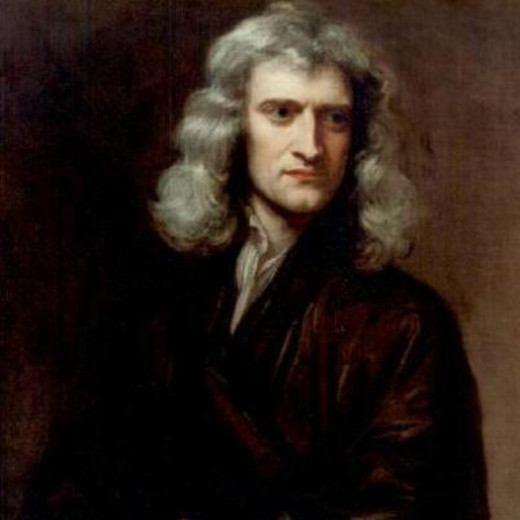
- Newton, Isaac -Philosopher, Astronomer, Physicist, Mathematician (1643-1727). Sir Isaac Newton was famous of his Law of Gravitation was instrumental in the Scientific Revolution of the 17th Century. Born on January 4, 1643, in Woolthorpe, England, Isaac Newton was an established Physicist and Mathematician and is credited as one of the great minds of the Scientific Revolution of 17th Century. Newton died in London on March 31, 1727.
- With discoveries in Optics, Motion, and Mathematics, Newton developed the Principles of Modern Physics. In 1687, he published his most acclaimed, Philosophiae Naturalis Principia Mathematica ( Mathematical Principles of Natural Philosophy) which has been called the single most influential book on Physics.
- In April 1705, Queen Ann knighted Newton during her visit to Trinity College, Cambridge. Newton was the second Scientist to be Knighted after Sir Francis Bacon.
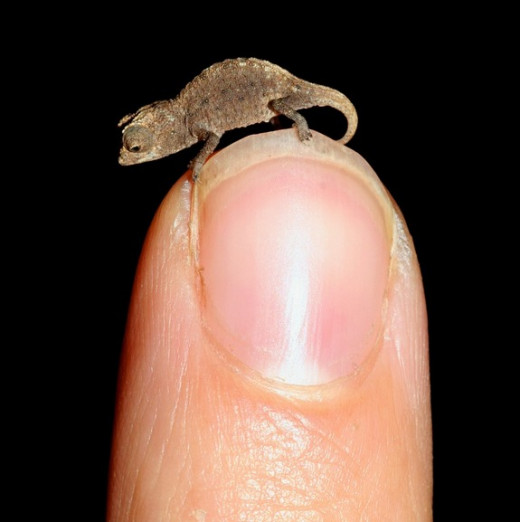
The "Bits" and "Pieces"
- The "bits" and "pieces" in this article is likened to a culinary recipe. The bits are the basic ingredients or elements while the pieces constitute the instructions or procedures to cook, to integrate all the elements from an instruction or procedure into a culinary masterpiece vis a vis the Scientific Method (SM). Science depends significantly on SM in order to extract what is true from false.
- In this case, we define first what is Science. According to an Internet source (www.personhighered.com/pdf), the word Science has its ancient origins in Latin verb "scire" meaning "to know", however, the English word "Science" with its current meaning was not coined until the Nineteenth century by Whewell (1794-1866), Before that time Scientists were called "natural philosophers" or "men of Science" Whewell made a significant contribution in the development of SM. (Wikipedia, the free Encyclopedia).
- Today, science is defined as a systematized knowledge as well as the processes by which knowledge is acquired. Knowledge is at best incomplete and subject to modifications, but procedures are relatively stable ( Le CLerg, E., et al.1962).
- If science is a body of Knowledge, verified, and accepted, how do we acquire knowledge? There are many processes by which one can obtain knowledge about a given phenomena or situation, the simplest is by Intuition, from Experts/ Authority, Rationalism, and Empiricism among others
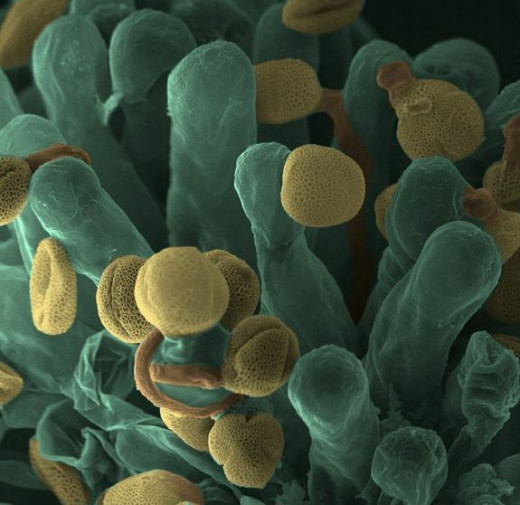
The "Bits" of Scientific Method
Since, Scientific Method (SM) is the cornerstone of science, it is defined as a process, not a formula nor magic. SM is a process to validate observations while minimizing observer's bias. Its goal is for research to be conducted in a fair, unbiased and repeatable manner (Ryan, M and A, O'Callaghan, 20125). To be able to access the power of SM, one has to understand the main elements or bits of SM, namely,
a) Hypothesis
- A hypothesis is a statement that proposes a relationship between specific factors or variables. The factor concerned may be an attribute or characteristics of a person, place or time.
- There are two types of Hypotheses, namely, a) The Null Hypothesis states that there is no difference between treatments or variable groups designated as (Ho) or the Affirmative View b) Alternative Hypothesis, on the other hand, predicts the difference between treatments or groups and the nature of difference designated as (Ha) or the Opposite View.
- The Hypothesis is a tentative answer to a research problem. In addition to being clear or specific-Hypothesis have to be valued free and amenable for testing with the available research methods. The Hypothesis determine what factors (variables) are to be measured.
b) Sampling, Observations, Description and Measurement.
- Research is normally conducted on a Sample of the target population. How will the sample represent the target population? Wil it be accurate and represent the target population?
- Precise, unbiased recording of Observations about persons, objects, and events is the hallmark of a Scientific Method.
- In making observations, the personal perception of the investigator is to transform into Descriptive statements and Measurements which can be understood and replicated by other investigators.
c) Induction
- A reasoning process that involves going from the specific to the general. Induction was the dominant Scientific Method used from the late seventeenth century to the middle of the nineteenth century.
- It was during this time that scientific advancement was made by careful observation of phenomena with the intent to arrive a correct generalization
d) Deduction
- A reasoning process that involves going from the general to specific. Science, therefore, makes use of both inductive and deductive thinking. However, neither of these approaches represents the only or primary approach to current science.
e) Theories.
- Hypothesis gets integrated into more general exploratory theories. Scientific theories are essentially explanations about natural phenomena. A theory brings together observations from many sources.
f) Validity.
- Validity is the extent to which research findings correctly reflect and explain reality, this is where the research actually begin to explain and described reality. The notion of Validity began at the planning stage of research
- There are four aspects of Validity, namely, a) Statistical validity, b) Internal validity, c) Validity with regards to the concept contained in the hypothesis, and d) External validity.
g) Inference
- According to LeClerg, et al. (1962), by its nature, research necessitate Inference. This is a process of reasoning whereby the minds starts to form one or more propositions and passes to another proposition or propositions, the truth is believed to be implied by the former. Thus, Inference is a psychological process. A fallacious Inference is one with no corresponding implicative relation between the propositions involved and is sometimes termed as psychological inference. An Inference may be Deductive or Inductive.
h) Observation
- The essence of SM is the application of Logic in the search for knowledge. A hypothesis is formulated as a tentative answer to the problem under investigation. It may or may not be true. An experiment must be designed in order to test the hypothesis.
- It consists in Observation of whether or not events in such a manner as to strengthen the evidence for the hypothesis. Thus, observation is an essential part of the procedure. There are two types of observations, namely, bare observation and controlled observation (LeClerg, et al. 1962)

The "Pieces" of Scientific Method
Having learned the important elements or "bits" of Scientific Method (SM) now, we are ready to integrate all of these elements in one culinary master "Piece" -the Scientific Method. According to Ryan and O' Callaghan (2015), SM is not a formula but rather a process with a number of sequential steps designed to create an explainable outcome that increases our knowledge base. This process is as follows:
- Step 1. Make an Observation, gather and assimilate information about an event, phenomena, process or an exception to a previous observation
- Step 2. Define the Problem. Ask a question about the Observation that are relevant and testable. Define the Null Hypothesis to provide the unbiased results.
- Step 3. Develop the Hypothesis, create an explanation or educated guess for the Observation that is Testable and Falsifiable.
- Step 4. Conduct the Experiment, device and perform an experiment to test the Hypothesis.
- Step 5. Devise a Theory, create a Statement or Conclusion based on the outcome of the experiment that explain the Observation and predicts the likelihood or Probability of future Observations.
In general, procedures may vary among and between the field of study whether plants, animals, and or human beings. For now, the Five Steps could be the initial steps to expand Scientific Method. The author refrained discussing Statistical Designs for it is already beyond the scope of this article. By priority, the author would like to apologize for the non-inclusion of some topics that the readers requires due to lack of time.
Coclusion
Sometimes we blame Scientific Method for the errors made in Science. In fact, humans are to be blamed for mistakes done in Science due to human errors which make Science unscientific. Knowledge changed with new discoveries, but procedures are quite stable. The "Bits" are important elements in the design of Scientific Method, likewise the process or procedure integrate all these elements into a Scientific masterpiece.
References
Scholarly Articles:
- Diggle, P and A, Chetwynd. 2014. Statistics and Scientific Method: an introduction to student and researchers. Lancaster University. (www.lancaster.ac.uk/pdf.Recovered -September 21, 2015)
- Galileo, Galili (www.biography.com. Recovered-September 21, 2015)
- Galileo, Galili (www.history.com. Recovered-September 21, 2015)
- Glazunov, MM. 2012. Foundation of scientific research. National Aviation University, Kiev, Russia.( www.arxiv.org/pdf. Recovered-September 22, 2015)
- Introduction to scientific research. 2010. (www.pearsonhighered,co/assets/pdf. Recovered-September 22, 2015)
- LeClerg, E. et al. 1962.Field plot technique. Burgess Publishing Company. Minneapolis 23, Minnesota. 373 pp.
- Newton, Isaac. (www.biography.com.Recovered-September 21, 20150)
- Plato. (www.biography.com/people. Recovered-September 21, 2015)
- Ryan, M and A, O'Callaghan. The scientific method. The University of Nebraska (Reno), Cooperative Extension (Recovered-September 22, 2015)
- Shields, C. 2015.Standard encyclopedia of philosophy (Recovered-September 22, 2015)
- The scientific method. Oxford Journals (www.oxfordjournals.org/pdf.Recovered-September 21, 2015)
- Wikipedia, the free Encyclopedia
- Socrates
- Plato
- Aristotle
- Copernicus, Nicolas
- Galileo, Galili
- Newton, Isaac
The author would like to acknowledge and thanks the owner(s) of photos / images used in this article and to HubPages for the Opportunity.

